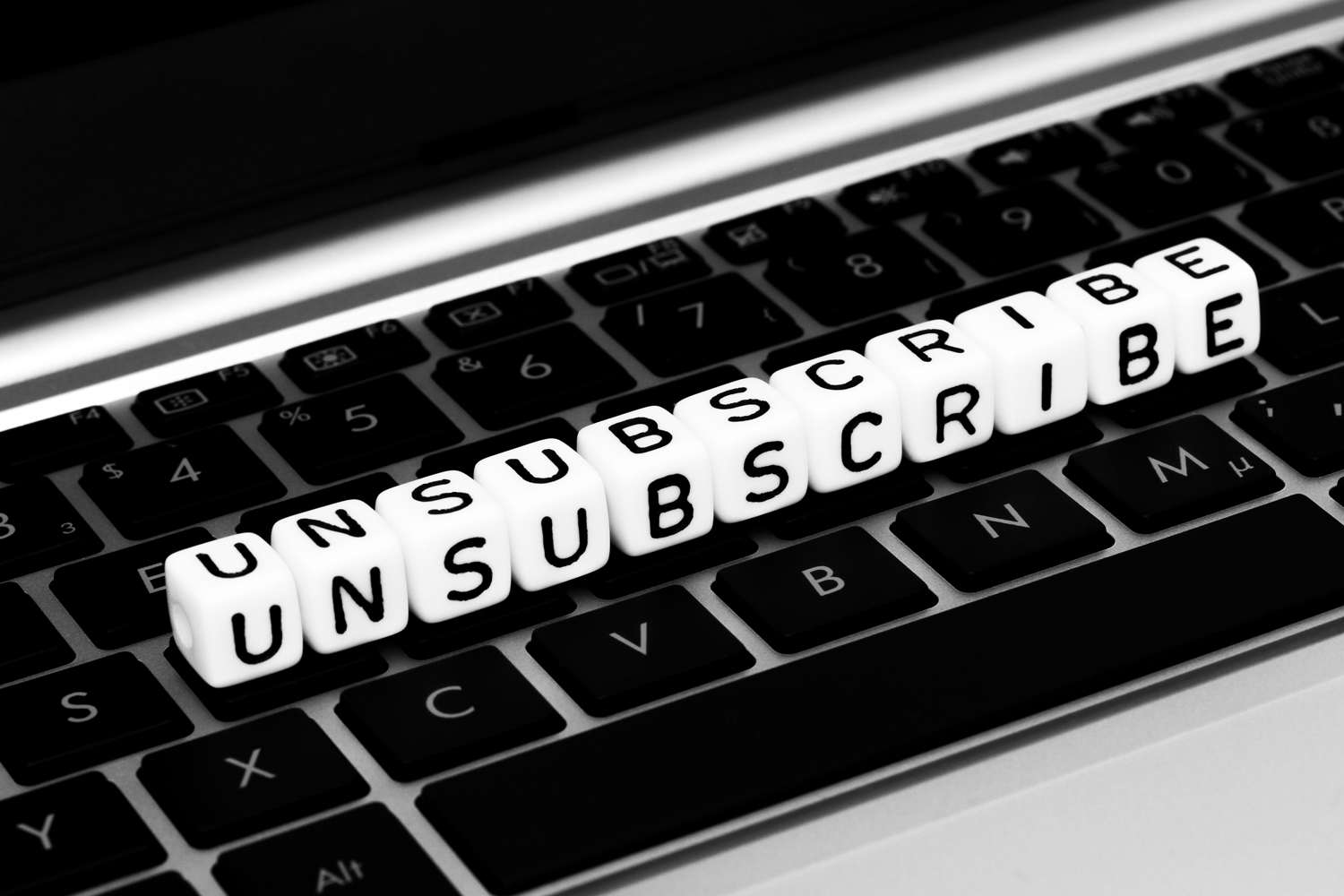
2021 Communication Etiquette; The Do’s and Don’ts of Speaking to Press
Media by and large is one of the fastest-paced industries in the world. Who is covering what when just scratches the surface – there are many factors that impact journalists and our professional relationships with them today. Our colleagues in journalism are handling tight deadlines, packed workloads, and trends that are changing minute by minute. That was the case before COVID-19 and is even more true now. In today’s world, we are working from wherever. Traditional methods of communication are only part of the puzzle.
Collectively, we are looking towards a future that is far different from the future we foresaw a year ago. It’s time to adapt. We as publicists, marketing specialists and brand executives need to look at the ways we tell our stories long before they hit an editor’s desk, hands or screen. Here we’ve outlined some of the most important factors in communicating with the press today, to enable stronger working relationships and excellence in storytelling.
Virtual World
Online meetings are status quo. That doesn’t mean they have to be boring. When meeting with the press virtually, focus on making the story come to life. Images, videos, even physical objects – provide as much as you can to blend real life with the virtual format. It’s more engaging and will keep your brand top of mind.
Don’t Mail It In
While there is no replacement for making physical connections between products and the journalists who cover them, there is a right and a wrong way to go about sending mail. Like every industry, many in the press are working from home or on the go. Even a gift can be an inconvenience. Make sure the journalists you are sending products to are expecting the delivery (time and day) and have provided the best address well before you ship. Build that outreach time into your schedule because a misplaced or poorly timed shipment can cost you money, time and press coverage.
DM & PM
The press have enough in their inboxes already. Sliding into the direct or private messages of journalists’ accounts should never be standard practice for a full-on pitch. We all know a message at midnight feels inappropriate regardless of the context – keep it on email, keep it professional, and keep it to business hours. If you’re reaching out for contact information or with a relevant response to a journalist’s content, be respectful of boundaries. Not all platforms are professional platforms, which means ensuring respect on personal posts is not only expected, it’s the only way to conduct yourself as a brand representative.
Shorter is Sweeter
More so now than ever, shorter is sweeter. Keep your emails short, to the point, concise, not verbose, not redundant, and without sentences like this one that says the same thing five ways. Explain the information, ask for what you need, communicate the deadline. That’s it. As beautiful as your writing may be, it’s rare that more words make a better argument than efficient words.
Phone Home
Talking can still be better than typing. If you’re familiar with the person you’re reaching out to or have a short deadline, we at Relevance are never afraid to take the time to have a live conversation. It’s more personal and when done within the right circumstances can save journalists time while getting the answers they need to write the stories we love.